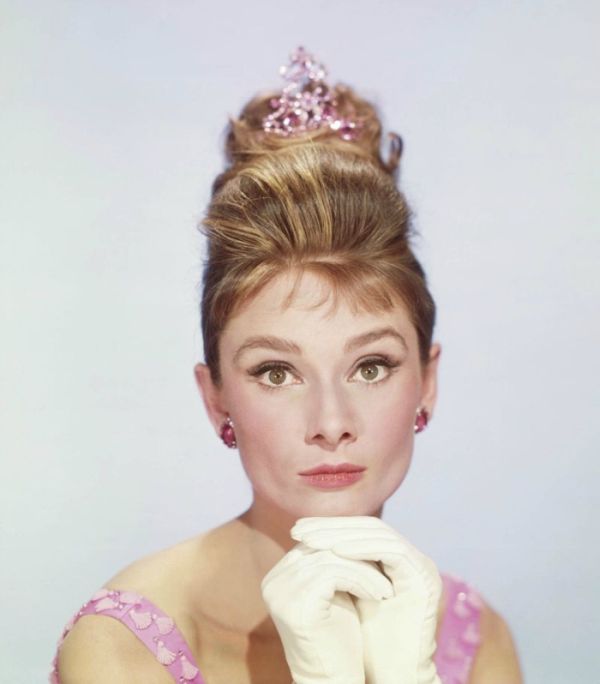|
|
Audrey Kathleen Ruston Hepburn
|
Further friction was created when, although non-singer Hepburn had sung with "throaty charm" in Funny Face and had lengthy vocal preparation for the role in My Fair Lady, her vocals were dubbed by Marni Nixon. A dubber was required because Eliza Doolittle's songs were not transposed down to accommodate Hepburn's "low-mezzo voice" (as Nixon referred to it). Upset, when first informed, she walked out. She returned the next day and apologized to everybody for her "wicked behavior". Although Hepburn had lip synced to her recorded tracks during filming, Nixon looped her vocals in post-production and was given multiple attempts to match Hepburn's lip movements precisely.
Overall, about 90% of her singing was dubbed despite being promised that most of her vocals would be used. Hepburn's voice remains in one line in "I Could Have Danced All Night", in the first verse of "Just You Wait", and in the entirety of its reprise in addition to sing-talking in parts of "The Rain in Spain" in the finished film. When asked about the dubbing of an actress with such distinctive vocal tones, Hepburn frowned and said, "You could tell, couldn't you? And there was Rex, recording all his songs as he acted ... next time —" She bit her lip to prevent her saying more. She later admitted that she would have never have accepted the role knowing that Warner intended to have nearly all of her singing dubbed.
The controversy reached its height when, despite the film's accumulation of eight out of a possible twelve awards at the 37th Academy Awards, Hepburn was left nomination-less in the Best Actress category. Julie Andrews, however, was nominated for her efforts in Mary Poppins (1964), and won it. The media tried to play up a rivalry between the two actresses, even though both women denied any such bad feelings existed and got along well. Despite such strife, many critics greatly applauded Hepburn's "exquisite" performance. "The happiest thing about My Fair Lady," wrote Bosley Crowther in The New York Times "is that Audrey Hepburn superbly justifies the decision of Jack Warner to get her to play the title role." Her co-star Rex Harrison, who played Professor Higgins, also called Hepburn his favourite leading lady and Gene Ringgold of Soundstage also commented that "Audrey Hepburn is magnificent. She is Eliza for the ages," while adding, "Everyone agreed that if Julie Andrews was not to be in the film, Audrey Hepburn was the perfect choice."
As the decade carried on, Hepburn appeared in an assortment of genres including the heist comedy How to Steal a Million (1966) where she played Nicole, the daughter of a famous art collector whose collection consists entirely of forgeries. Fearing her father's exposure, Nicole sets out to steal one of his priceless statues with the help of Simon Dermott (Peter O'Toole). In 1967, she starred in two films; the first being Two for the Road, a non-linear and innovative British dramedy that traces the course of a couple's troubled marriage. Director Stanley Donen said that Hepburn was more free and happy than he had ever seen her, and he credited that to co-star Albert Finney.
|
|









